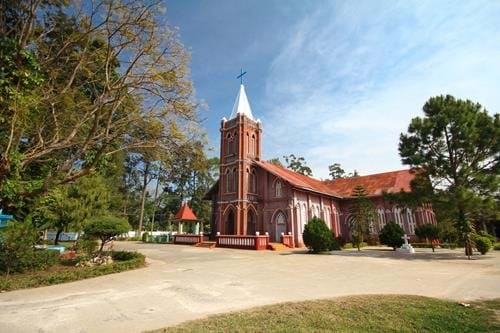Tailor-Made Tour
- Duration22 Days
- Flights IncludedYes
- Prices From £ 5480
 Places Visited :
Yangon, Mandalay, Pyin Oo Lwin, Hsipaw, Mogok, Shwebo, Monywa, Bagan, Pindaya, Inle Lake, Kyaingtong
Places Visited :
Yangon, Mandalay, Pyin Oo Lwin, Hsipaw, Mogok, Shwebo, Monywa, Bagan, Pindaya, Inle Lake, Kyaingtong
As well as the country’s main sights, this in-depth, three-week trip features visits to some superb off-track locations seldom visited by foreigners, including the ruby-mining centre of Mogok and tea-growing hills around Kyaukme. You’ll also explore the remote, far eastern flank of the Shan Plateau, where hill tribes such as the Akha and Padaung live in small, wood-and-thatch settlements on the mountains surrounding Kyaingtong – an unforgettable adventure in an un-commercialized region only recently opened to tourists.
Remember, this trip can be personalised to suit your travel needs - we can tailor everything from hotel, travel type, duration and more.





























